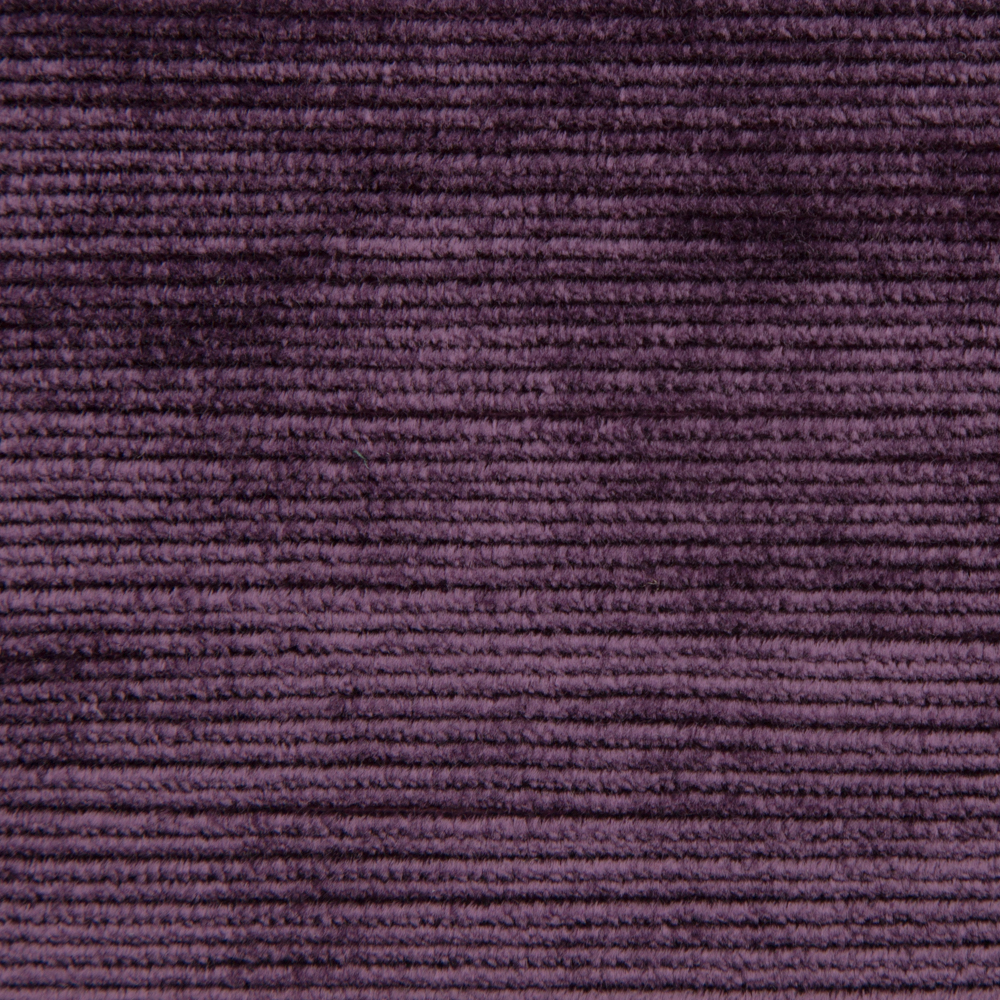

It has been suggested that the name Phoenicia itself means 'land of purple'. Tyrian purple may first have been used by the ancient Phoenicians as early as 1570 BC. Like any perishable organic material, they are usually subject to rapid decomposition and their preservation over millennia requires exacting conditions to prevent destruction by microorganisms. Despite their value to archaeological research, textiles are quite rare in the archaeological record. The color of textiles from this period provides insight into socio-cultural relationships within ancient societies, in addition to providing insights on technological achievements, fashion, social stratification, agriculture and trade connections. This popular idea of purple being elite contributes to the modern day wide-spread belief that purple is a "royal color". The pigment was expensive and time-consuming to produce, and items colored with it became associated with power and wealth. In the same way as the modern-day Latin alphabet of Phoenician origin, Phoenician purple pigment was spread through the unique Phoenician trading empire. Production of Tyrian purple for use as a fabric dye began as early as 1200 BC by the Phoenicians, and was continued by the Greeks and Romans until 1453 AD, with the fall of Constantinople. Tyrian purple is a pigment made from the mucus of several species of Murex snail.

In the foreground, two Roman magistrates are identified by their toga praetexta, white with a stripe of Tyrian purple.īiological pigments were often difficult to acquire, and the details of their production were kept secret by the manufacturers. Caesar, riding in the chariot, wears the solid Tyrian purple toga picta. A twentieth-century depiction of a Roman triumph celebrated by Julius Caesar.


 0 kommentar(er)
0 kommentar(er)
